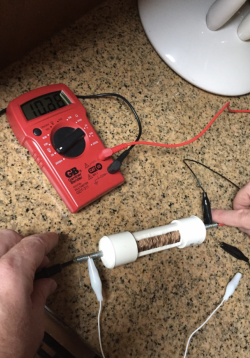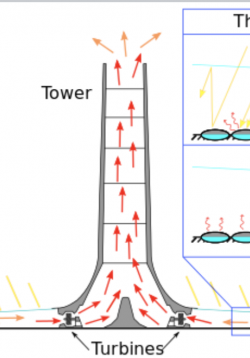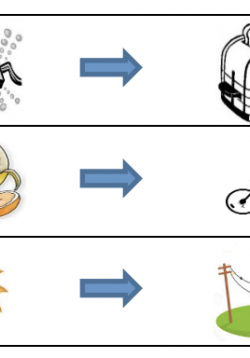Engineering with Renewable Energy: Solar Water Pumping
Students will learn that energy from a renewable resource can be converted to electrical energy to do work by engineering a water pump system powered by the sun. They will compare the volume of water pumped by different designs and graph data collected and...







